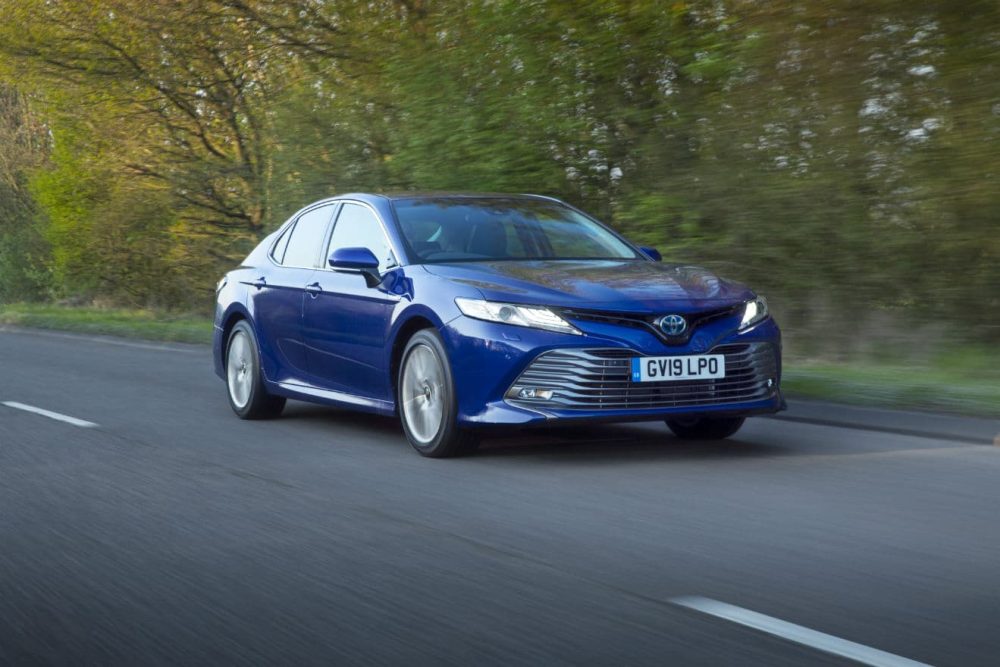LOOKING for your next company car?
There’s so much choice and there are plenty of things to take into consideration, each affecting a range of operational factors such as the company finances, brand image, employee welfare etc.
So, break the process down into stages and see how the options line up against your criteria. Once you have your shortlist, points for and against should be considered – set out your priorities and go with the vehicle that come closest to matching those needs.
Looks
Company cars have to fit in with the rest of your visible assets to properly represent your brand image, so maybe an executive car works best. Be careful, though – you don’t want to come across as too ‘flash’ in front of customers.
Executive models should be well designed, conservative and give off a professional image. There are many manufacturers of executive vehicles and generally people veer towards the German premiums such as BMW, Audi and Mercedes.
Don’t be afraid to consider some of the offerings from volume brands. There are some great models out there from the likes of Volkswagen as well as the Japanese and South Korean brands.
They all have good fuel efficiency, impressive safety records and require little maintenance.
However it may be that your company has a young, fresh and innovative brand image. In this case having highly polished executive vehicles may not be the most appropriate choice.
Car leasing companies are able to provide a huge range of vehicles; so you don’t necessarily need to get stuck down in the ordinary. You could choose anything from a sports car all the way through to an off road vehicle.
Fuel economy
The fuel efficiency of a vehicle directly correlates with the on-going running costs and so should be carefully considered. This is a variable that can have a lasting impact on your overall company car expenses and bottom line profits.
Official miles per gallon stats aren’t always an accurate reflection of ‘real life’ motoring but they are relatively neutral for comparison purposes.
Don’t forget emissions: Is your company vehicle likely to be going in and out of low emission zones? What effect does the CO2 have on Benefit in Kind?
What cars are best for company car tax?
Of course the biggest downside is tax and or what HMRC sees as Benefit in Kind which you have to pay for any personal use – including driving to and from work.
The BIK rate is a percentage of its P11D price, based on how much CO2 it emits. The lower the car’s emissions, the lower the rate of BIK; for example, a zero emission car has a rate of 7% and a car with high emissions will attract a rate of 37%.
The P11D value comprises the car’s list price plus VAT, delivery and any options costing more than £100.
Road tax is another cost that can add up fairly quickly if you are running multiple company cars.
There are some vehicles which are now exempt from road tax. This depends on the levels of carbon dioxide emitted from the engine. With petrol and diesel cars you are allowed up to 100g/km of CO2 emissions before having to pay vehicle tax.
As expected these cars are smaller and have less powerful engines so they may not be ideal for regular long term travelling.
Small cars are however ideal for travelling short to medium distances for business purposes.
Even if you don’t opt for cars that have zero road tax to pay, being conservative on the CO2 emissions is advisable. The bands of vehicle tax go from A-M and the difference between the top and bottom bracket is astounding.
Insurance costs
Insurance is one of the highest costs across the board when it comes to motoring. There are various factors that affect the cost of premiums, some you can control, some you can’t.
The value of a vehicle is a big driving factor as this goes against the amount of financial risk the insurer is taking on. So remember that even though the monthly premium for a high end vehicle may be affordable, the insurance costs that come with it may not.
You can help lower insurance costs by safely storing the vehicle, taking on a higher voluntary excess and other actions that mitigate common risks.
Maintenance costs
When leasing a vehicle there is the option to have maintenance included and sometimes this is essential.
Maintenance packages basically cover everything and anything that could go wrong with your vehicle during the lease. This includes repairs, tyre replacements, servicing, MOT, bodywork etc.
Whether you take maintenance or not is a question of how much risk you are willing to embrace.
Maintenance packages give fixed cost motoring which allows for manageable cash flow forecasting. You know from day 1 of the financial year how much your company cars are going to cost you.
Without maintenance you could be way below or above the fixed cost price depending on circumstances.








